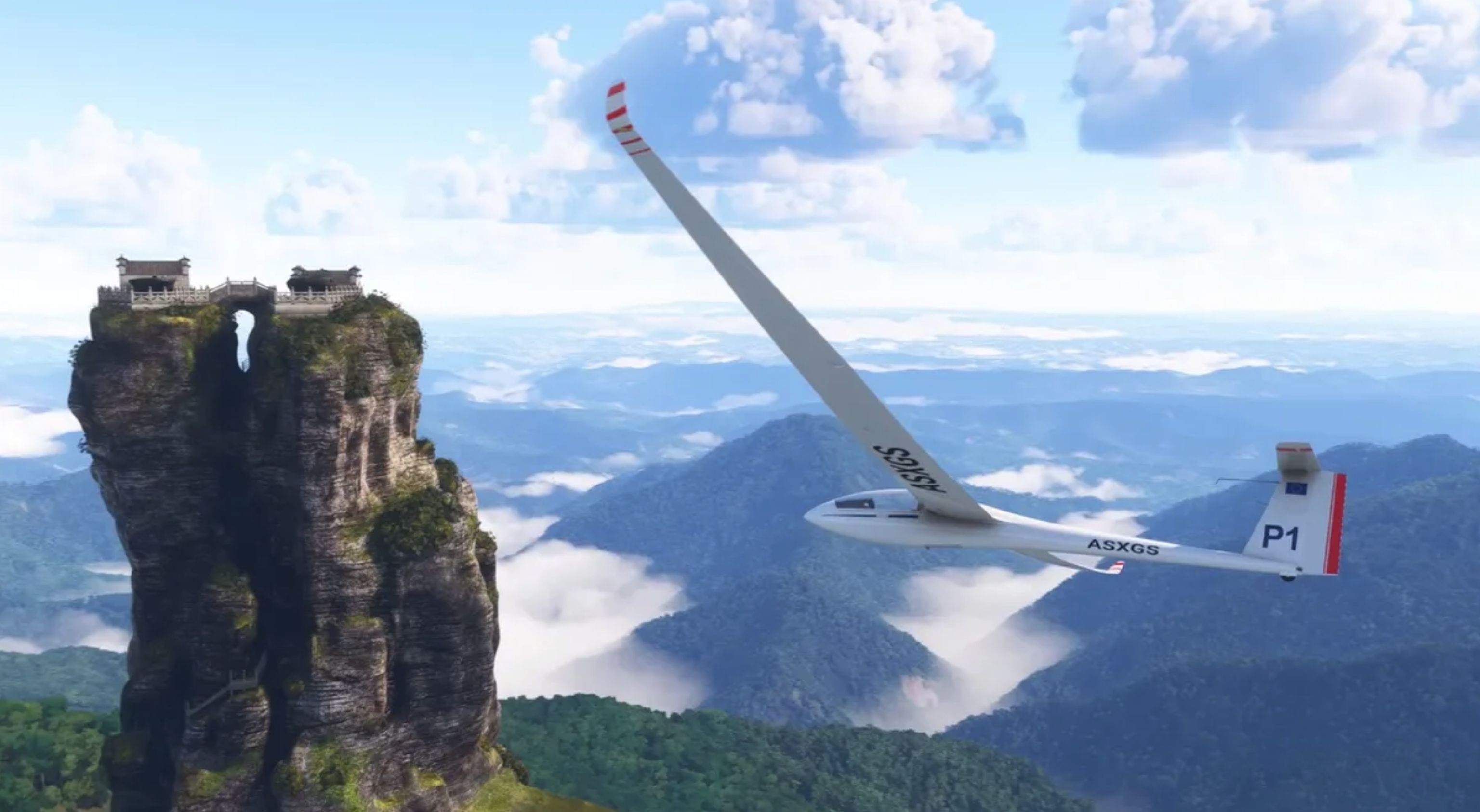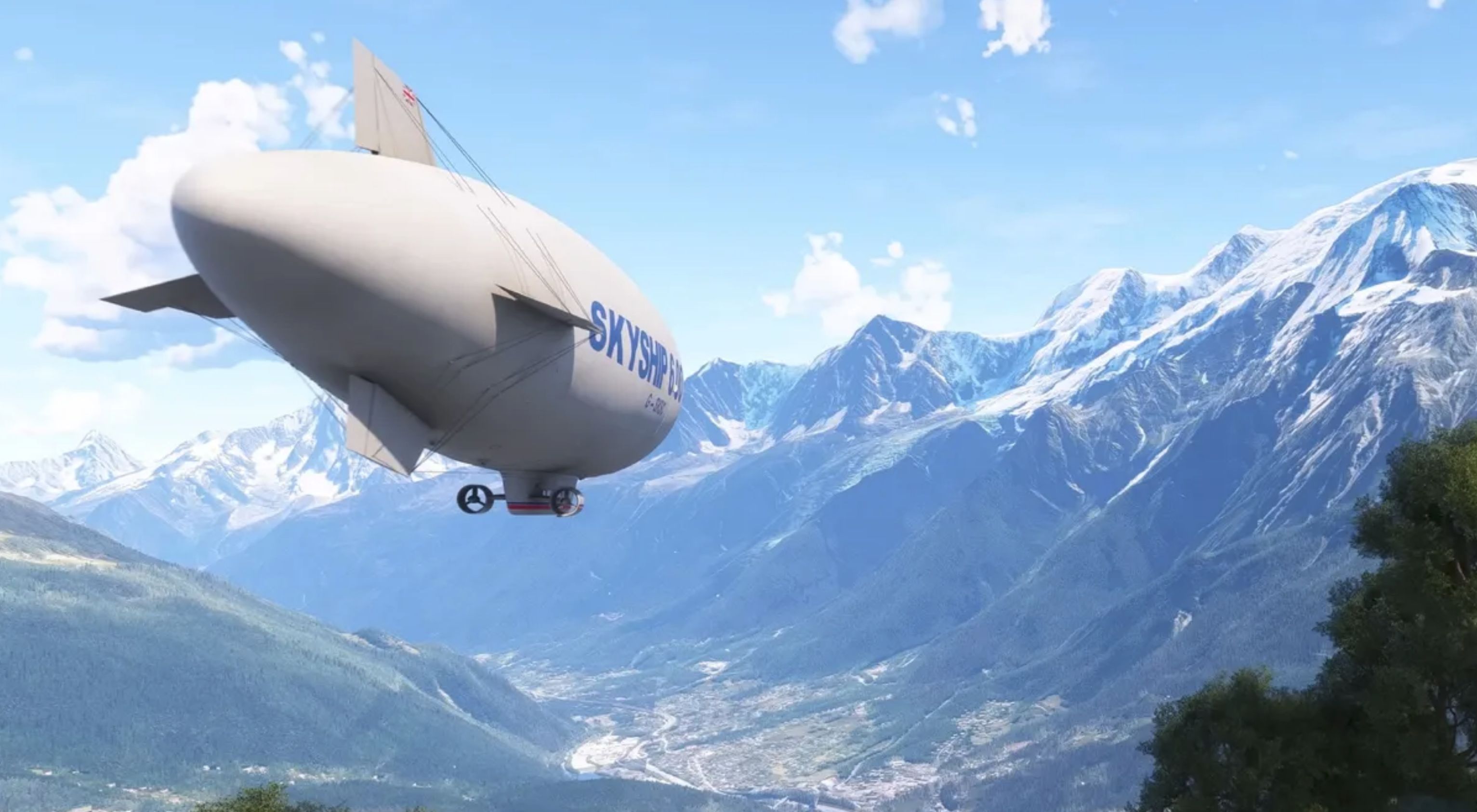


MSFS and the Cloud: Streaming 2.5 Million GB of Data
Game install sizes can be a real hassle. Maybe that’s a bit of an exaggeration, but I’m sure I’m not the only one who winces when I see how many gigabytes a new game demands on my SSD. Over the years, these requirements have only grown larger, and to be honest, it’s a bit stressful.
Take God of War Ragnarök, for example. It demands a hefty 190 GB of storage. That’s a lot of space for just one game, and it’s not even the worst case. Ark: Survival Evolved made headlines with its outrageous 330 GB install size, and with all DLC included, some players reported needing over 400 GB of space.
Microsoft Flight Simulator 2020 is another game that’s far from light on storage. The base game itself requires 130 GB, and with various world updates, that total can balloon to around 500 GB. According to Jorge Neumann, the head of Microsoft Flight Simulator, it could have been even worse:

“We have two and a half petabytes (2,500,000 GB) of aerial data, which obviously can’t be installed locally, so we stream it. The same goes for the digital elevation map. It’s massive, and we stream that too. We now stream almost all of the data, and the client side gets thinner and thinner.”
Neumann mentioned that Microsoft Flight Simulator 2024 is targeting a much smaller install size, around 50 GB, by offloading even more data to the cloud. This approach not only frees up SSD space but also opens up new possibilities for developers. Without the need to install all the data locally, they can focus on creating more expansive and detailed worlds:
“We’re increasingly confident that more and more data can be offloaded. Our dataset is growing rapidly. We launched with around 40 airports, and now we have 180, each one around 10 GB. You wonder how all of this could fit on any device. But with the cloud, it works… It feels like the possibilities are endless if you embrace the cloud.”
Thinking about it that way, installing an entire game’s worth of assets locally might soon become a thing of the past. It’s a big shift from the early days of game development, where every megabyte mattered, and internet connections weren’t reliable enough to stream large amounts of content on demand.

“As a creator, back in the day, I worked on PlayStation One games and the like. I had to cut animation frames out of my characters because there was never enough memory. Nowadays, I don’t feel those constraints anymore.”
Of course, relying on the cloud has its drawbacks (just think of those major tech outages that can disrupt everything), but we might be heading toward a future where most of our next-gen gaming is handled by compact clients, with the bulk of the data streaming from the cloud.
Services like Nvidia’s GeForce Now already let you play games on remote servers and stream them to low-powered devices. But what Neumann is talking about is different. Your PC is still doing the heavy lifting in terms of rendering; it’s just that the data is being streamed in, keeping install sizes small and giving developers the freedom to go wild with the game’s assets.
There are potential downsides. As gamers, we’re understandably cautious about games that require a constant internet connection, especially for single-player experiences.
But—and I hope this doesn’t sound too privileged-as someone with a fast internet connection, I’m intrigued by the idea of games that rely on streaming large assets, especially when downloading everything at once would be impractical.
And if it means freeing up more space on my SSD, that’s a win too. After all, big SSDs aren’t as cheap as they once were. Prices are going up, and every gigabyte counts.






Just because 2024 comes out on whatever day, doesn’t mean your DLC will. Could be another year, maybe too. I’m not waiting on my DLC purchases and, I wouldn’t be surprised if there’s just patches/upgrades available in time rather than buying again.